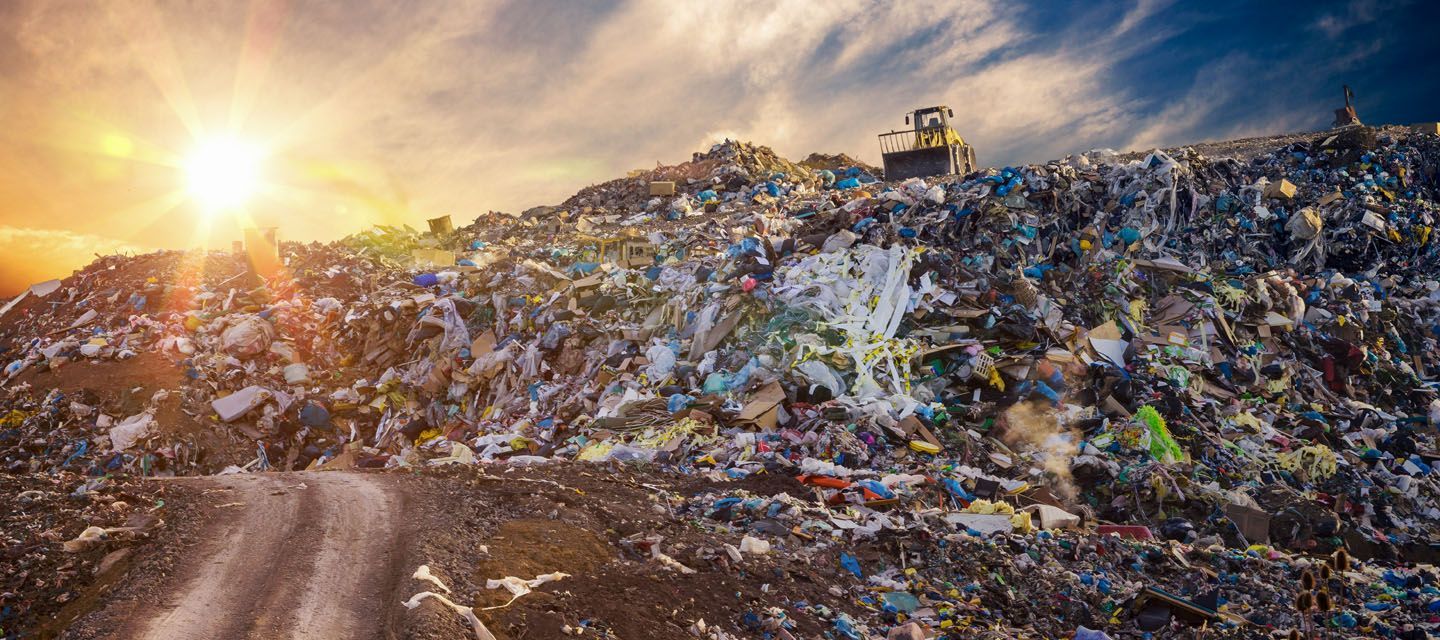Unveiling the Mystery: What Is Asbestos and How Can It Affect Your Health?
For years, asbestos was widely used in construction and manufacturing, and its health hazards were not recognised until much later.

Introduction to Asbestos
Asbestos is a naturally occurring mineral that has been used for centuries. Its use became widespread during the industrial revolution due to its heat-resistant and fireproof properties. Asbestos was used in a variety of products, including insulation, roofing, flooring, and automotive parts. However, the widespread use of asbestos also led to an increase in health problems, as exposure to asbestos can cause a variety of serious diseases, including lung cancer, mesothelioma, and asbestosis.
The History of Asbestos
Asbestos has been used for centuries, with evidence of its use dating back to ancient Greece and Rome. Its use became more widespread during the industrial revolution due to its heat-resistant and fireproof properties. Asbestos was used extensively in construction and manufacturing throughout the 20th century, with peak usage occurring in the 1970s. However, the dangers of asbestos exposure were not widely recognised until much later. It wasn't until the 1960s and 1970s that the first reports of asbestos-related diseases began to emerge, leading to increased regulation and awareness of the dangers of asbestos.
What is Asbestos?
Asbestos is a naturally occurring mineral that consists of flexible, fibrous crystals. There are six different types of asbestos, including chrysotile, amosite, crocidolite, tremolite, anthophyllite, and actinolite. Chrysotile is the most commonly used type of asbestos and is often found in insulation, while crocidolite and amosite are often found in cement products. Tremolite, anthophyllite, and actinolite are less commonly used types of asbestos and are often found in other types of insulation.
Types of Asbestos
As previously mentioned, there are six different types of asbestos. Chrysotile is the most commonly used type of asbestos and accounts for approximately 95% of all asbestos used. It is often found in insulation, roofing materials, and automotive parts. Amosite and crocidolite are less commonly used types of asbestos and are often found in cement products. Tremolite, anthophyllite, and actinolite are the least commonly used types of asbestos and are often found in other types of insulation.
The Dangers of Asbestos
Exposure to asbestos can cause a variety of serious diseases, including lung cancer, mesothelioma, and asbestosis. Asbestos fibres are very small and can easily be inhaled, leading to the fibres becoming lodged in the lungs. Over time, this can cause scarring and inflammation, leading to the development of asbestos-related diseases. The risk of developing an asbestos-related disease is directly related to the level and duration of exposure to asbestos.
How Asbestos Affects Your Health
Asbestos exposure can have a variety of health effects, including lung cancer, mesothelioma, and asbestosis. Lung cancer is the most common type of cancer associated with asbestos exposure and can take years to develop. Mesothelioma is a rare type of cancer that develops in the lining of the lungs, abdomen, or heart and is almost always caused by exposure to asbestos. Asbestosis is a chronic lung disease that can cause shortness of breath, coughing, and chest pain.
Asbestos-Related Diseases
As previously mentioned, asbestos exposure can cause a variety of serious diseases. The most common asbestos-related diseases include lung cancer, mesothelioma, and asbestosis. Lung cancer is the most common type of cancer associated with asbestos exposure and can take years to develop. Mesothelioma is a rare type of cancer that develops in the lining of the lungs, abdomen, or heart and is almost always caused by exposure to asbestos. Asbestosis is a chronic lung disease that can cause shortness of breath, coughing, and chest pain.
How to Prevent Asbestos Exposure
The best way to prevent asbestos exposure is to avoid contact with asbestos-containing materials. If you work in an industry where asbestos is commonly used, it is important to follow all safety protocols and wear appropriate protective gear. Additionally, if you are renovating or demolishing a building that may contain asbestos-containing materials, it is important to have the building inspected by a professional before beginning work, so any asbestos containing materials can be located and assessed prior to works commencing.
What to Do if You Have Been Exposed to Asbestos
If you have been exposed to asbestos, it is important to seek medical attention. Your doctor can perform tests to determine if you have any asbestos-related diseases and can recommend appropriate treatment options. Additionally, it is important to inform your employer if you have been exposed to asbestos at work, as they may be required to take corrective action to prevent further exposure
Asbestos Removal and Disposal
If you are refurbishing or demolishing a building that may contain asbestos-containing materials, it is important to have the building inspected by a professional before beginning work. If asbestos-containing materials are found, it is important to hire a professional asbestos removal company to safely remove and dispose of the materials. Asbestos-containing materials must be disposed of in accordance with the HSE’s Control of Asbestos Regulations 2012 to prevent exposure.
Conclusion
Asbestos is a naturally occurring mineral that has been used for centuries due to its heat-resistant and fireproof properties. However, exposure to asbestos can cause a variety of serious diseases, including lung cancer, mesothelioma, and asbestosis. Anyone who works in construction, manufacturing, or other industries where asbestos is commonly used is at risk of exposure. The best way to prevent asbestos exposure is to avoid contact with asbestos-containing materials, and if you have been exposed, it is important to seek medical attention. Finally, if you are refurbishing or demolishing a building that may contain asbestos-containing materials, it is important to have the building inspected by a professional and to hire a professional asbestos removal company to safely remove and dispose of any asbestos-containing materials.









